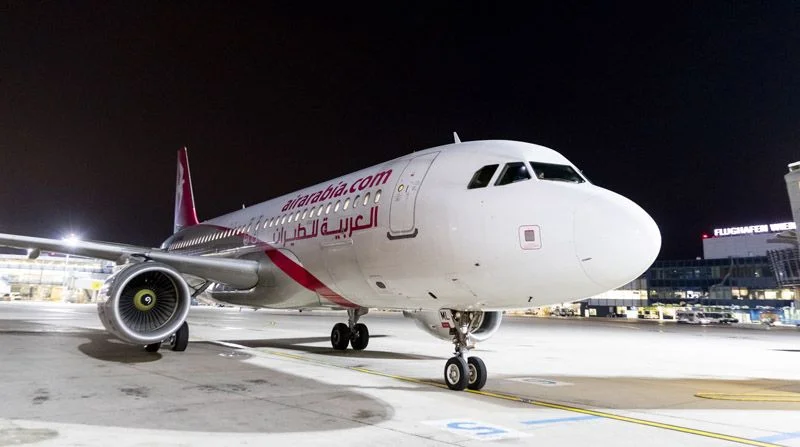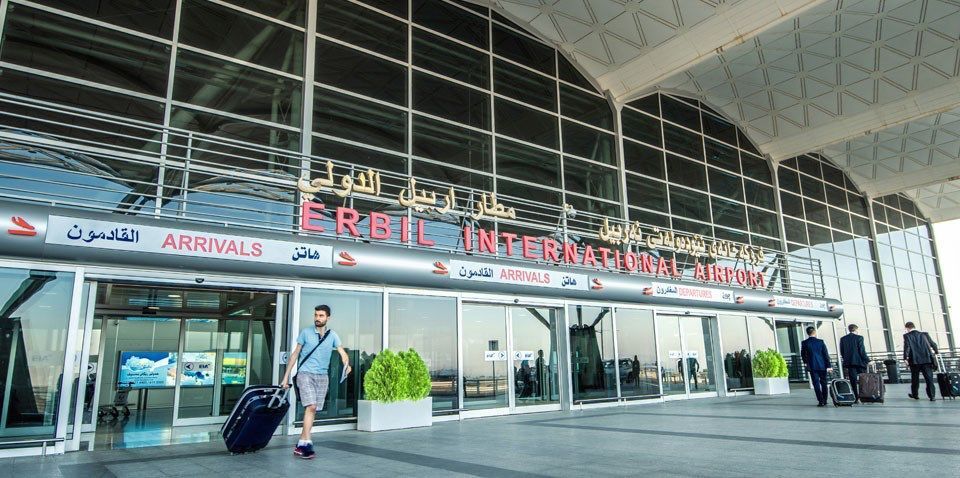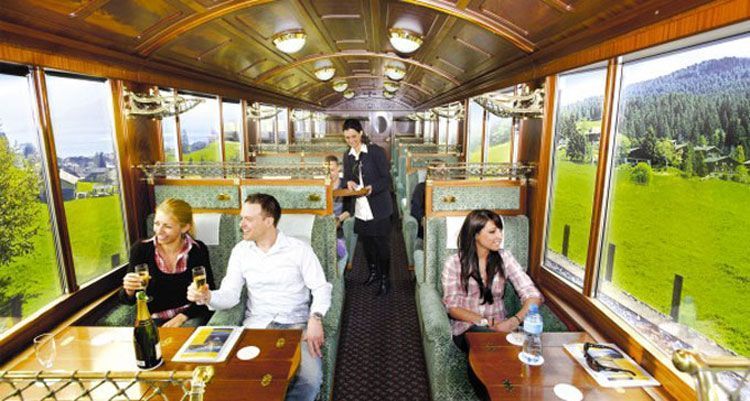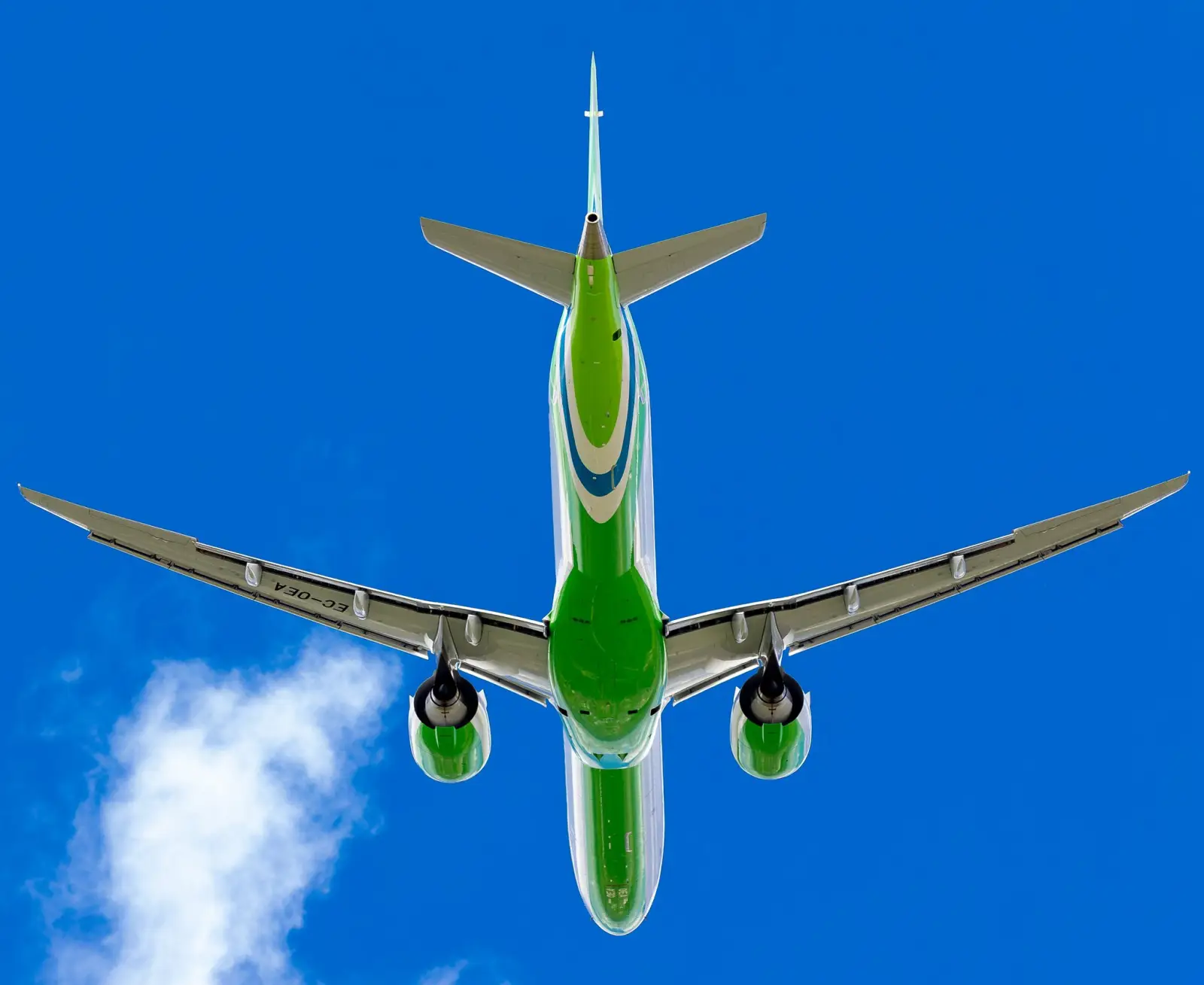Air Arabia, the first and largest low-cost carrier (LCC) in the Middle East and North Africa, announced its financial results for the nine months ending September 30, 2018, demonstrating high levels of profitability and solid operational metrics.
During the first nine months of 2018, Air Arabia registered a turnover of 3 billion, 8 percent increase compared to AED 2.8 billion registered during the same period last year. Net profit for the first nine months of this year stood at 530 million (US$144.3mln), 17 percent lower than the net profits recorded for the corresponding period in 2017. Air Arabia’s robust financial performance was recorded despite the strong impact of high oil price and currency devaluation on the industry’s bottom line.
More than 6.6 million passengers flew with the low-cost pioneer during the nine months of 2018 while the average seat load factor – or passengers carried as a percentage of available seats – for the same period stood at an impressive 80 percent.
Sheikh Abdullah Bin Mohamed Al Thani, Chairman of Air Arabia said: “Supported by strong revenue figures and passenger demand; Air Arabia’s net profit for the third quarter and year to date remained strong despite profit margins being impacted by the sharp rise in fuel price and the currency devaluation witnessed in several key travel markets”.
Revenue for the third quarter ending September 30, 2018, stood at AED 1.28 billion, a 10 percent increase compared with AED 1.16 billion in the same period of 2017. Net profit in the third quarter of 2018 reached AED 300 million, 20 percent lower than the corresponding 2017 figure. More than 2.4 million passengers were served in the third quarter of 2018, a 5 percent increase on the corresponding period of 2017, while the average seat load factor stood at an impressive 81 percent.
He continued: “The global economic outlook remains under renewed pressure and airlines worldwide have been challenged by pressured yield margins and increase in cost structure while political and economic tensions continue to drive currency and oil price volatility. We believe that such impactful challenges are temporary and the long-term outlook for the low-cost travel in the region remains fundamentally strong”.
Air Arabia grew its global network year-to-date to exceed 150 destinations worldwide served from multiple hubs spread across the UAE, Morocco, and Egypt, with a fleet of 53 aircraft, and plans for further expansion in 2019. The carrier won two awards in the third quarter of this year winning the Best Arabian Airline at Asian Arab Awards 2018 as well as the Middle East Leading Innovative Airline at the Travel Tech Gala Awards 2018.
He concluded: “Air Arabia’s continued focus on generating profitable growth combined with strong cost control measures will continue to deliver robust financial performance while providing our growing customer base with greater travel opportunities”.
Air Arabia celebrated 15 years of successful operations in October this year by unveiling its new brand identity which is reflective of its innovative forward-looking and international approach. Air Arabia Group has now grown to become a leading publicly listed company consisting of airlines and businesses providing travel and tourism services across the globe.













